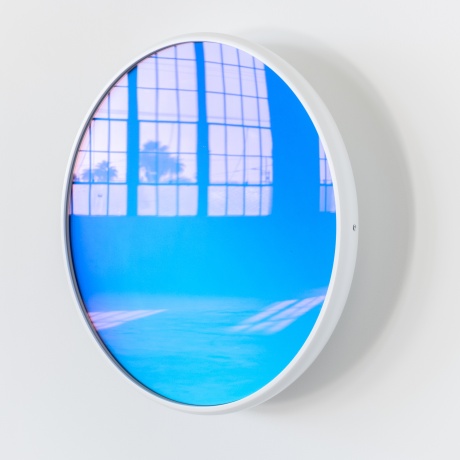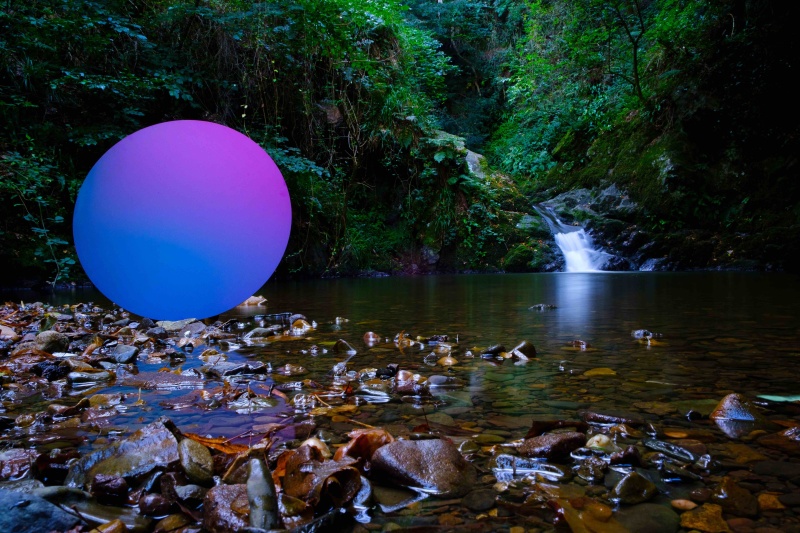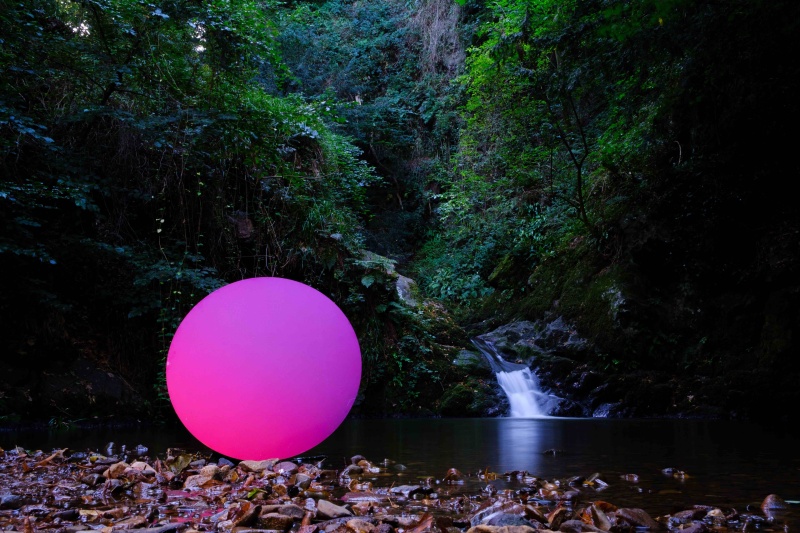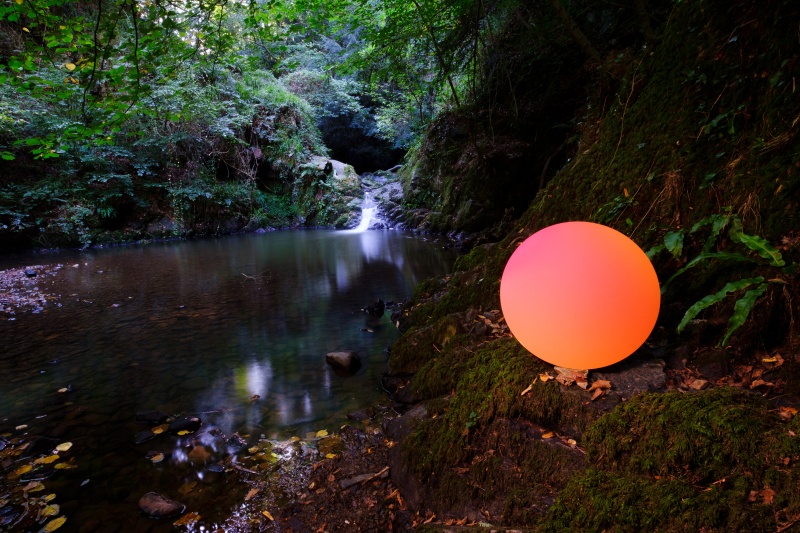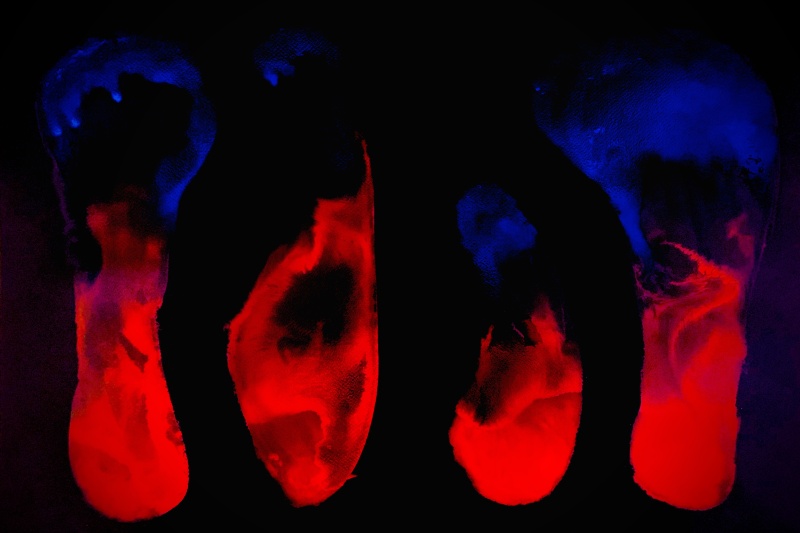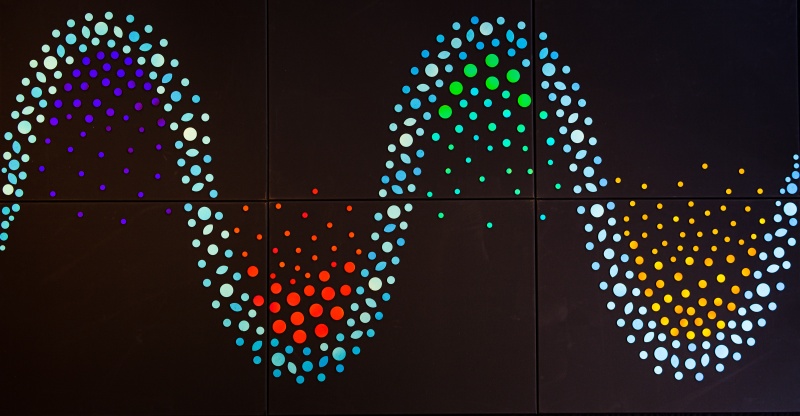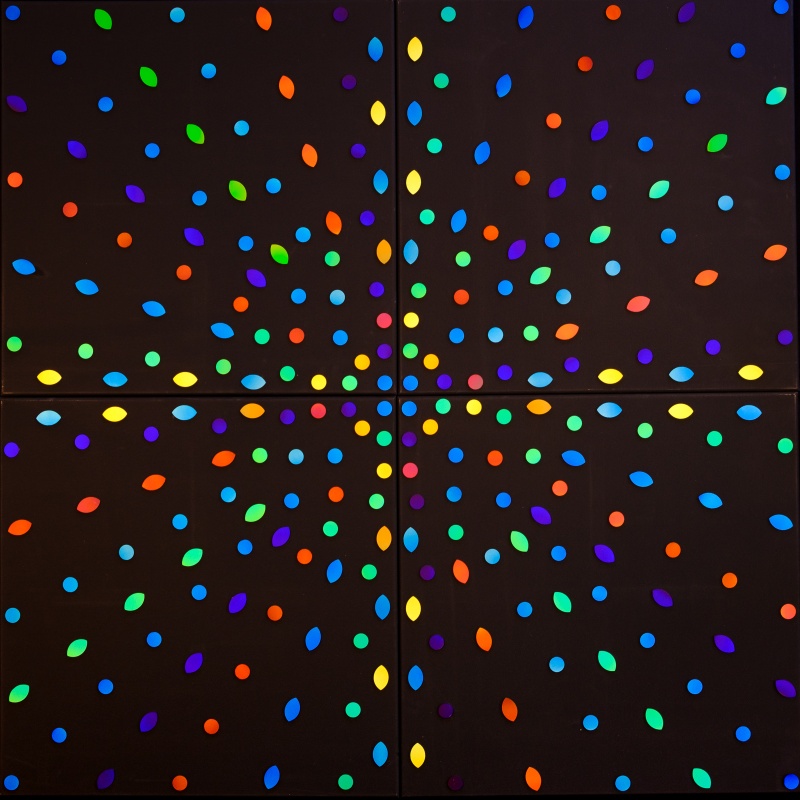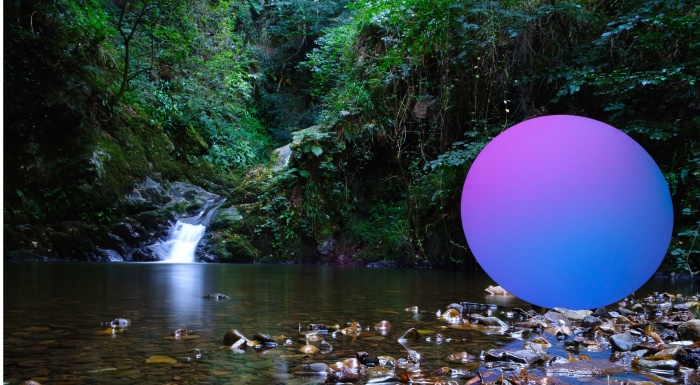
Art
Through his fascination with colour, Andrew began his career as an artist and a scientist. After ten years in Australia, he grew so distracted by the brightest colours he had ever seen that he became compelled to reproduce them. These are the colours found not just in the rainforests and coral reefs of Queensland, but also in the deep sea, where background light is so limiting that only colour that is one hundred per cent reflective will function. This is a type of colour known as ‘structural colour’.
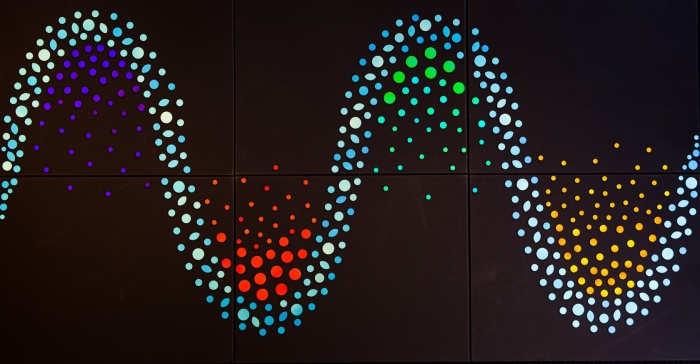
Inspired by biology
Since 1990, Andrew taught the potential merits of structural colour in his university art classes, while researching the examples found in nature in his science lab. Structural colour came to influence his abstract artworks, and soon he took inspiration from other aspects of biology.
Expressionist Paintings
Andrew found that he could induce his watercolour and gouache paints to self-assemble patterns on paper, through the physical forces of diffusion, under various levels of control by the artist. This mimicked the patterns that formed on developing flower petals or butterfly wings. He used variations in brushstrokes to develop unrepeatable patterns in oil paints, which mimicked the developmental stages of bodies.
Andrew copied the disparate ways in which colour is produced in nature to produce contrasting colours on the canvas. He took inspiration from the natural patterns formed by lichens on rocks and trees in a forest. These lessons and techniques were used to represent biological phenomena in abstract expressionist paintings, such as how the visual system converts rays of light into colours.

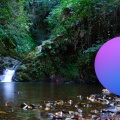
Artworks
Andrew Parker's original artworks
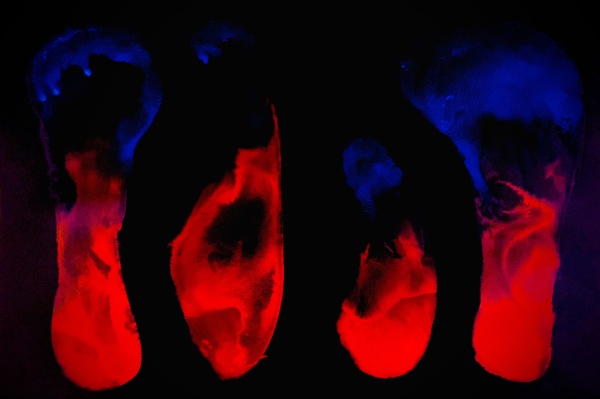
Inspired by biology
Of particular note, Andrew produces artworks made from Pure Structural Colour.
Andrew also experiments with optical materials, including lenses and filters, to build art structures. For example, he uses convex and Fresnel lenses to recreate the monumental impact of the evolution of the first eye. Andrew also collaborates with other artists, including weavers.
At the core of Andrew’s artworks is the inconceivable concept that colour is a construct of the mind; colour does not exist in the world around us.
Exhibitions
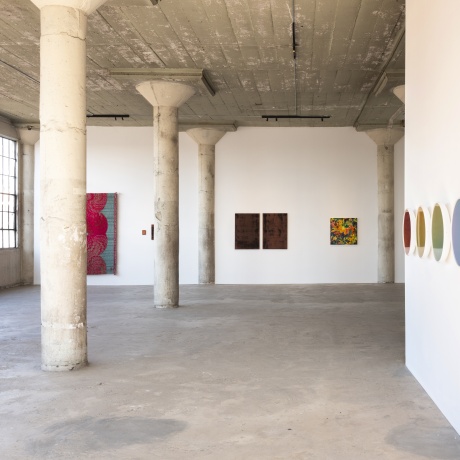
Consciousness, Sage Culture Gallery, Los Angeles
10 December
to
25 February
This is Andrew's art exhibition, which contains a narrative on how vision and colour evolved in nature, how nature’s colours are reproduced in art, and the virtual reality of colour and how this affects humans. It began at Kew Gardens, London, in 2021: Naturally Brilliant Colour exhibition. In 2023, it formed the Consciousness exhibition at the Sage Culture Gallery, Los Angeles (above image). Here, the Seven Discs exhibit consisted of 50cm discs of Pure Structural Colour in different hues, each in a bio-inspired convex frame. The hues represent different aspects of the human psyche, which evolved as an aspect of the visual system.
